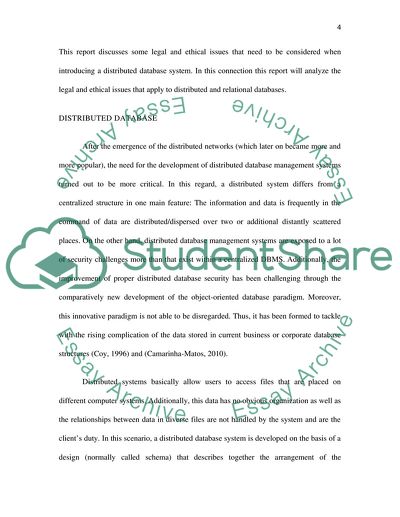Cite this document
(Advanced Database Systems Research Paper Example | Topics and Well Written Essays - 2500 words, n.d.)
Advanced Database Systems Research Paper Example | Topics and Well Written Essays - 2500 words. Retrieved from https://studentshare.org/technology/1749990-advanced-database-systems
Advanced Database Systems Research Paper Example | Topics and Well Written Essays - 2500 words. Retrieved from https://studentshare.org/technology/1749990-advanced-database-systems
(Advanced Database Systems Research Paper Example | Topics and Well Written Essays - 2500 Words)
Advanced Database Systems Research Paper Example | Topics and Well Written Essays - 2500 Words. https://studentshare.org/technology/1749990-advanced-database-systems.
Advanced Database Systems Research Paper Example | Topics and Well Written Essays - 2500 Words. https://studentshare.org/technology/1749990-advanced-database-systems.
“Advanced Database Systems Research Paper Example | Topics and Well Written Essays - 2500 Words”, n.d. https://studentshare.org/technology/1749990-advanced-database-systems.


